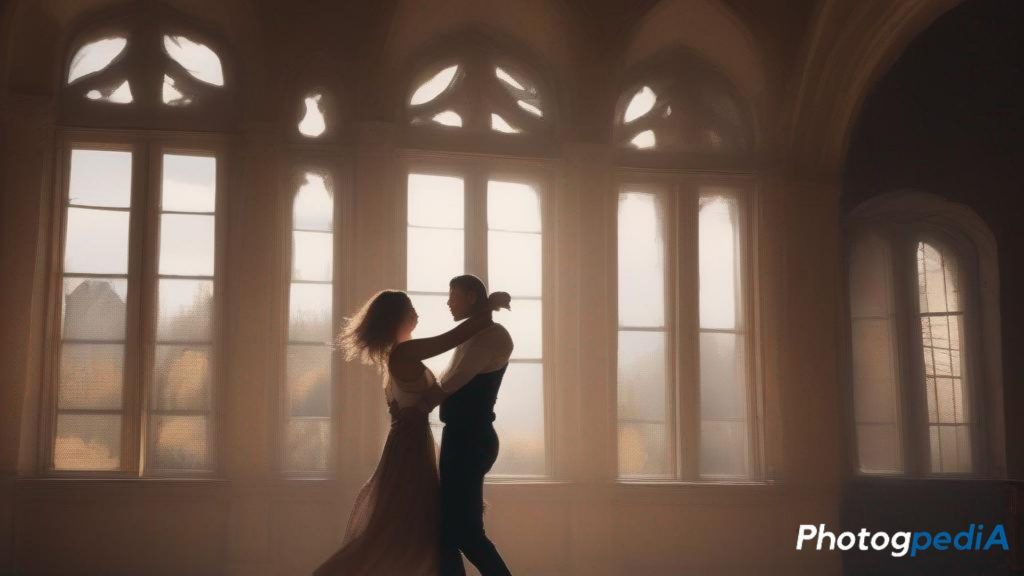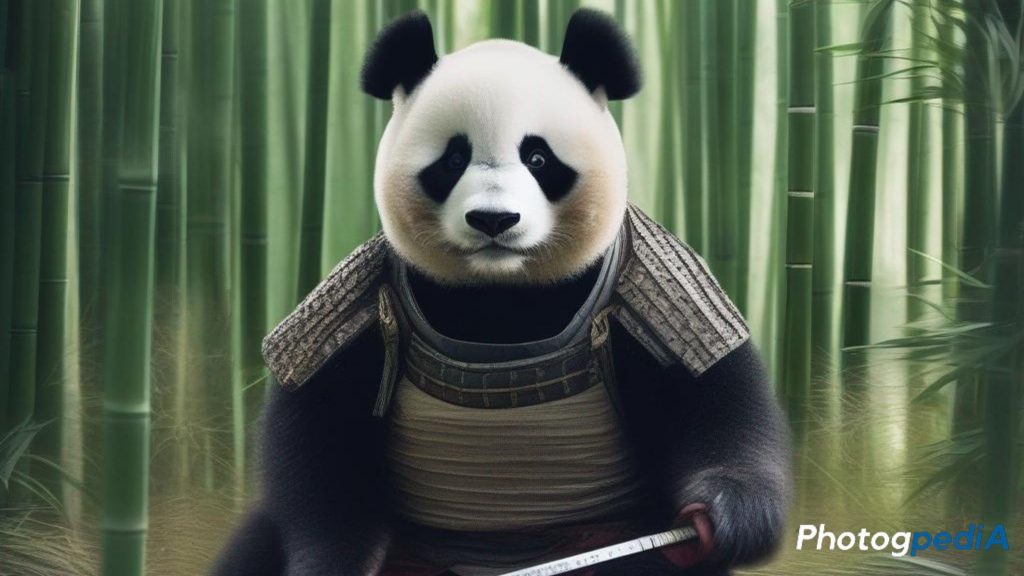It’s no secret that artificial intelligence (AI) made significant strides in various fields, including art. As an AI art generator enthusiast, I’m constantly fascinated by the potential this technology holds. AI art generators emerged as groundbreaking tools that blur the lines between human creativity and machine intelligence.
These tools allow users generate unique and stunning artwork simply by providing a text description, a.k.a. a prompt. Additionally, most of them are free. It opens up artistic expression to a wider audience, even those without traditional artistic skills.
Table of Contents
What is an AI Art Generator?
AI art generators utilize machine learning algorithms to produce original artworks autonomously or in collaboration with human artists. These algorithms are trained on vast datasets of artwork, enabling them to analyze styles, techniques, and artistic elements to generate unique compositions.
It’s like having a vast library of art history and artistic movements. Additionally, you can use them as a creative springboard. That’s the power of AI art generators.
As an AI art enthusiast, I find the creative potential of these tools truly inspiring. For example, you could prompt an AI art generator to create a painting in the style of Van Gogh. depicting a cyberpunk cityscape. The possibilities are truly endless!
Importance of AI in Art
The integration of AI in art creation opens up new avenues for exploration and innovation. This is incredibly exciting. It challenges traditional notions of authorship and creativity while expanding the possibilities of artistic expression in ways we never thought possible.
Take, for example, the ability to combine artistic styles. Imagine feeding an AI art generator a prompt to create a landscape painting in the style of Van Gogh, but with a dash of futuristic neon lights. The results can be mind-blowing, pushing boundaries and creating entirely new artistic landscapes.
Moreover, AI art generators democratize art by making the creative process accessible to a broader audience, regardless of artistic expertise. This is a game-changer! In the past, creating art often required years of training and practice. Now, anyone with a spark of creativity and a few well-chosen words can generate stunning and unique pieces. I’ve personally found it to be a fantastic tool for sparking new ideas and exploring artistic directions I might not have considered otherwise.
However, it’s important to note that AI art generators are not here to replace human artists. They serve as powerful tools to enhance the creative process. offering a new dimension for exploration and collaboration. The human element – the intent, the emotions poured into the prompts, the selection and curation of the final pieces – remains irreplaceable.
Examples of AI Art Generators
Stable Diffusion

Stable Diffusion operates on the principle of latent diffusion models, a recent advancement in image generation. Unlike prior diffusion models that directly manipulate image pixels, latent diffusion models work in a lower-dimensional latent space. This approach allows for faster training and generation times while maintaining impressive image quality.
How Stable Diffusion Generates Art
Stable Diffusion employs a two-stage process guided by the latent diffusion model.
- Forward Diffusion: Firstly, the model starts with a latent representation of an actual image and gradually adds noise to it over multiple steps. This essentially transforms a clear image into random noise.
- Reverse Diffusion: Then the model is presented with this noisy latent representation alongside a text prompt. It then iteratively removes the noise, guided by the prompt, until a new image is generated that reflects the textual description.
Advantages of Stable Diffusion
One of the key strengths of Stable Diffusion is its ability to generate high-quality images with fine-grained details and rich textures. This is due to the model’s capacity to effectively learn and replicate intricate visual patterns from its training data. Additionally, its flexible architecture allows for fine-tuning of various parameters during the generation process. This empowers artists with a high degree of control over the style, content, and composition of the final artwork. Learn more about Stable Diffusion with our Stable Diffusion tips and tricks blog.
Midjourney

Midjourney utilizes the power of Generative Adversarial Networks (GANs), a well-established technique in AI art generation. GANs consist of two neural networks: a generator and a discriminator. The generator creates new images, while the discriminator tries to determine if the generated image is real or artificial. Through this iterative training process, both networks improve, resulting in the generation of increasingly high-quality and creative outputs.
Find our main article on Midjourney here: Midjourney : AI Art Generator Spotlight
Unveiling Midjourney’s Artistic Toolkit
Midjourney boasts a user-friendly interface with intuitive controls, empowering artists to experiment with different artistic styles and techniques with relative ease. Whether you envision abstract dreamscapes or photorealistic portraits, Midjourney offers a versatile platform for artistic exploration.
Beyond Image Generation: Applications in the Art World
The capabilities of Midjourney extend beyond mere image generation. It finds applications in various artistic domains, including:
- Illustration: Artists can utilize Midjourney to create unique and visually striking illustrations for books, games, or other creative projects.
- Graphic Design: Midjourney can also be a valuable tool for graphic designers, helping them generate concepts for logos, posters, or other visual components.
- Visual Storytelling: Midjourney’s ability to create evocative imagery can be instrumental in visual storytelling in particular, allowing artists to bring their narratives to life.
Wombo AI

Wombo AI carves a unique niche in the realm of AI-generated art by focusing on dynamic animations rather than static images. Unlike other AI art generators that create entirely new images, Wombo AI leverages deep learning techniques to achieve a different feat: animating existing photographs.
The Power Behind Wombo’s Animations
Wombo AI’s animation capabilities stem from its use of deep learning techniques like facial landmark detection and keypoint estimation. These techniques allow the model to identify and track specific facial features in a photograph, such as eyes, nose, and mouth. Combined with motion prediction, Wombo AI can then generate realistic movements for these features, creating the illusion of life within the still image.
Unique Selling Proposition: Blending Emotion with Animation
What truly sets Wombo AI apart is its ability to generate animations that are not only visually appealing but also emotionally engaging. By subtly adjusting facial expressions and movements, Wombo AI can imbue the animated portraits with a range of emotions, from joy and amusement to surprise and sadness. This capability opens doors for creative expression, allowing users to go beyond simple animation and delve into the realm of emotional storytelling.
Impact on Creators and the Art Community
The introduction of Wombo AI has sparked a wave of creativity within the art community, particularly for content creators and meme-makers. It empowers users to breathe new life into existing photographs, transforming them into humorous memes, heartfelt greetings, or even personalized video messages.
Wombo AI’s user-friendly interface and customizable options further contribute to its accessibility. Artists of all skill levels can leverage this technology to experiment with animation and explore new narrative formats and storytelling techniques. This fosters a vibrant ecosystem of collaborative creation, where users can share and build upon each other’s ideas.
Learn more about WOMBO AI here: Wombo.art : AI Art Generator Spotlight
AI Art Generator Future
As AI technology continues to evolve, we can expect a flourishing future for AI art generators. Here are some exciting possibilities on the horizon:
- Unprecedented Realism: AI art generators will likely achieve a level of realism that surpasses anything currently available. Imagine generating hyper-realistic portraits that capture every wrinkle and nuance, or landscapes so detailed you can practically feel the wind blowing through the virtual trees.
- Enhanced Creative Control: The tools for fine-tuning the artistic style and content of generated artworks will become even more sophisticated. Artists will be able to exert a high degree of control over specific details, lighting effects, and compositional elements within their prompts.
- Seamless Integration: AI art generators will seamlessly integrate with other artistic tools and platforms. Imagine generating an initial concept artwork in an AI art generator and then effortlessly transferring it to a 3D modeling software or a digital painting program for further refinement.
Potential Challenges
However, the rapid proliferation of AI art generators also raises some important concerns that need to be addressed:
- Copyright Infringement: As AI art becomes more sophisticated, issues surrounding copyright infringement will undeniably become more complex. Determining the ownership and usage rights of AI-generated art based on copyrighted source material will require clear legal frameworks.
- Artistic Authenticity: The question of artistic authenticity in the age of AI art generation presents a significant challenge. How do we define the role of the artist when AI plays a significant part in creating the artwork? This will necessitate a reevaluation of traditional notions of authorship and creativity.
- Ethical Use of AI-Generated Content: The ethical use of AI-generated content is another important consideration. The potential for AI to generate content that is biased, offensive, or culturally insensitive needs to be carefully addressed through responsible development practices and user education.
Ethical Considerations
Due to the fact that AI is free to create seemingly anything, ethical decisions must be made. It is imperative for creators and even consumers to engage in meaningful dialogue and ethical reflection to navigate the complex intersection of AI and art responsibly.
- Algorithmic Bias: AI algorithms are trained on vast datasets of existing artwork. If these datasets contain biases, the generated art could reflect those biases perpetuating stereotypes or unfair representations. Mitigating algorithmic bias will be crucial for ensuring fair and inclusive AI art generation.
- Data Privacy: The training data used for AI art generators often raises concerns about data privacy. Ensuring that user data is collected, stored, and used responsibly is essential. This builds trust and maintains transparency in the development and deployment of AI art tools.
- Cultural Appropriation: AI art generation has the potential to perpetuate cultural appropriation if not used mindfully. It’s important for developers and users to be aware of cultural sensitivities. This ensures that AI-generated art respects diverse cultural traditions.
Conclusion
The world of AI art generation is undeniably fascinating. It offers a new avenue for artistic exploration, pushing boundaries and democratizing art creation like never before. Anyone with a spark of creativity can now experiment with styles and generate stunning visuals through the power of AI.
However, for me, the heart of art lies in the human touch. The process of honing skills, pouring emotions into a piece, and the deliberate selection of artistic choices remain irreplaceable. AI art generators serve as incredible tools, but they shouldn’t overshadow the dedication and skill required in traditional art forms.
The future of art likely involves a beautiful spectrum – traditional artistic expression coexisting and potentially even collaborating with AI-generated elements.
The Journey of Artistic Exploration with AI Art Generators Continues!
This guide has equipped you with the foundation to embark on your unique AI art creation journey. Remember, AI art generation is a field brimming with creative possibilities. Don’t be afraid to experiment! Try different prompts, artistic styles, and AI tools to see how they influence your final artwork. Embrace the unexpected – sometimes the most captivating results come from unexpected combinations within your prompts.
For those eager to delve deeper into the ever-evolving world of AI art, we have a treasure trove of resources waiting to be explored:
- Stable Diffusion Tips and Tricks: Master this powerful AI art generation tool and unlock its full potential.
- Discover which AI art generator best suits your artistic style and creative needs.
We, at PhotogpediA, are passionate about fostering a community of curious and enthusiastic AI art enthusiasts. Feel free to leave your comments, creations, and questions below ! We’d love to see what you create and hear your thoughts on this exciting art form!
– Mark

